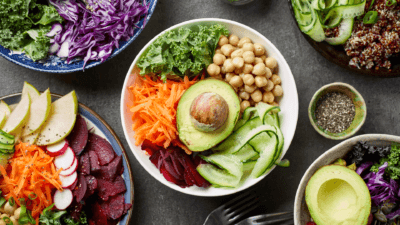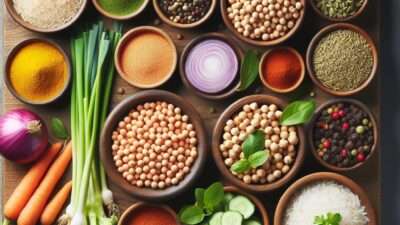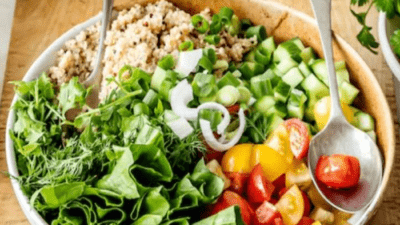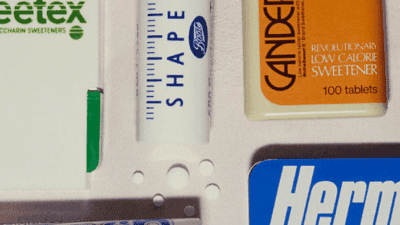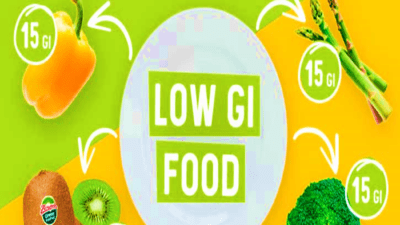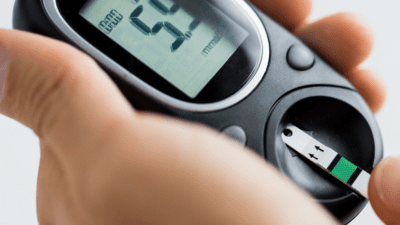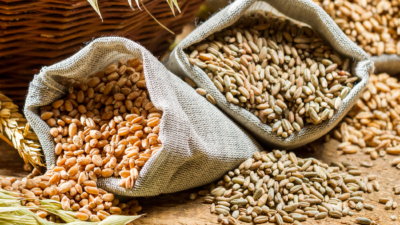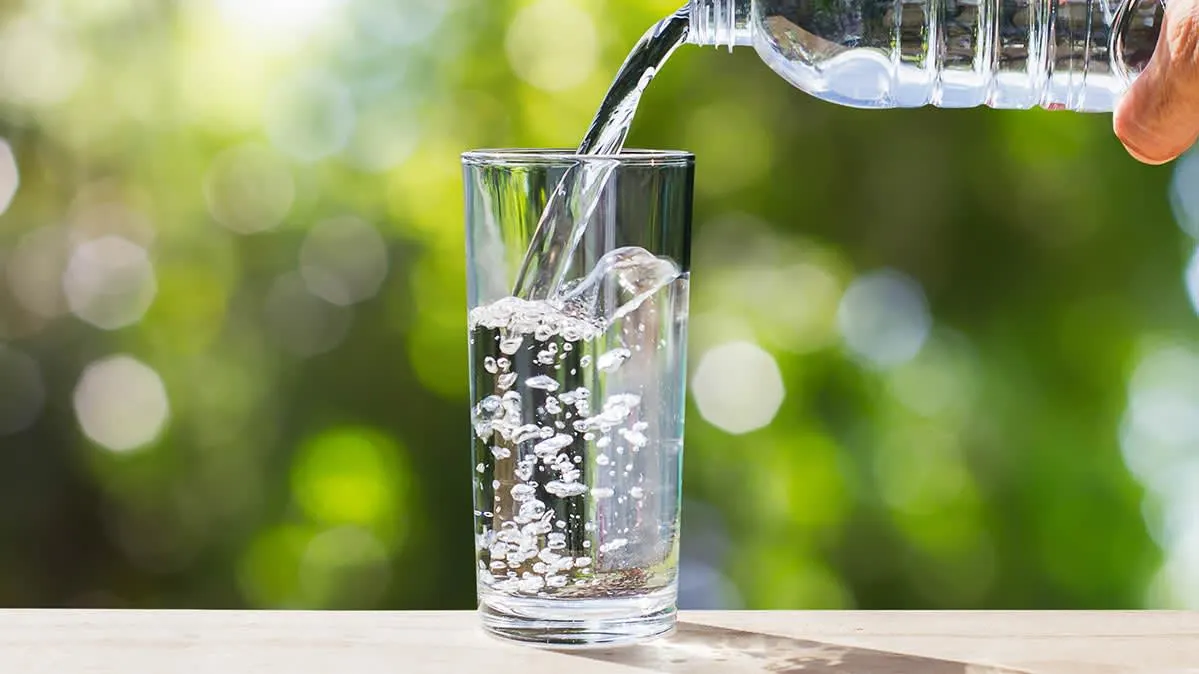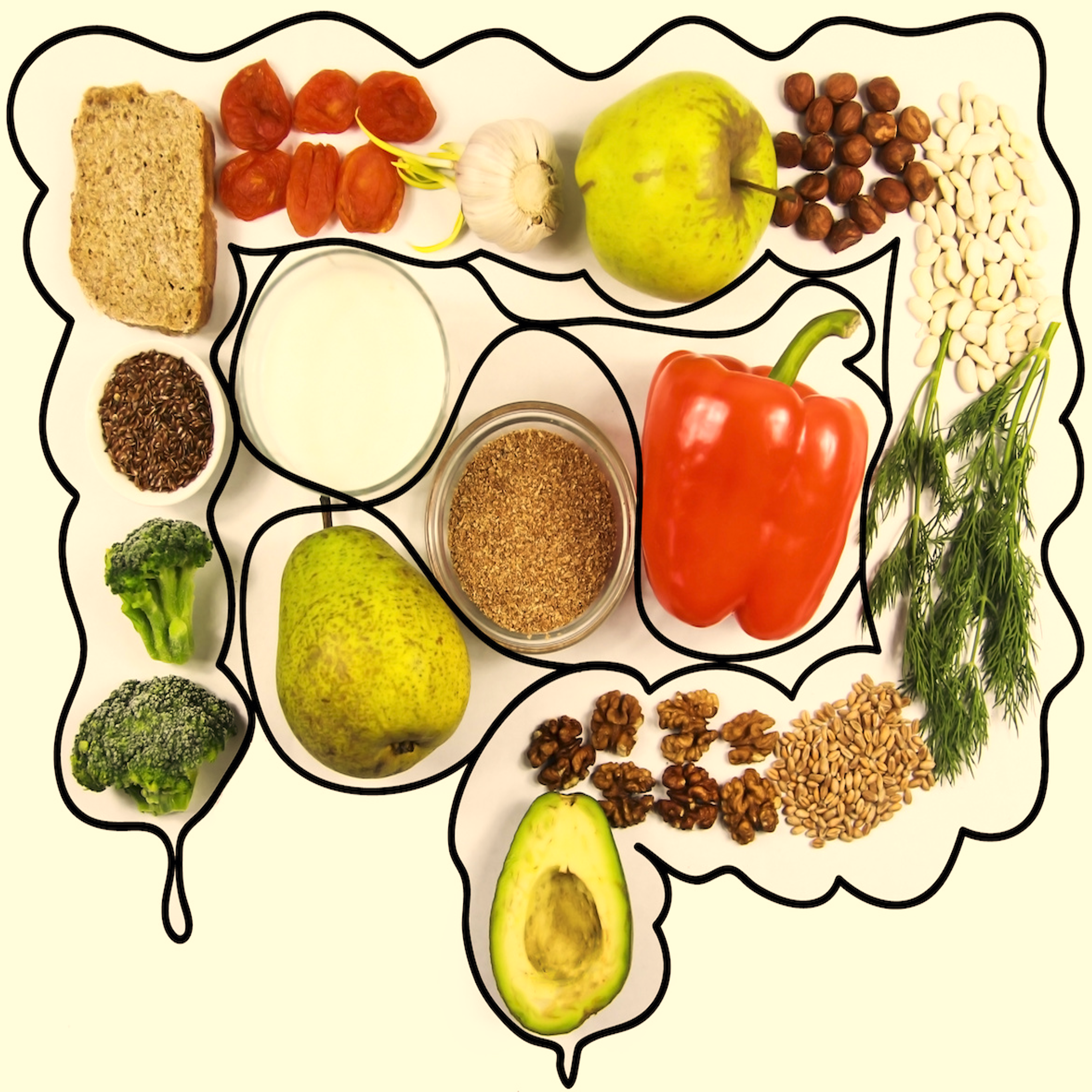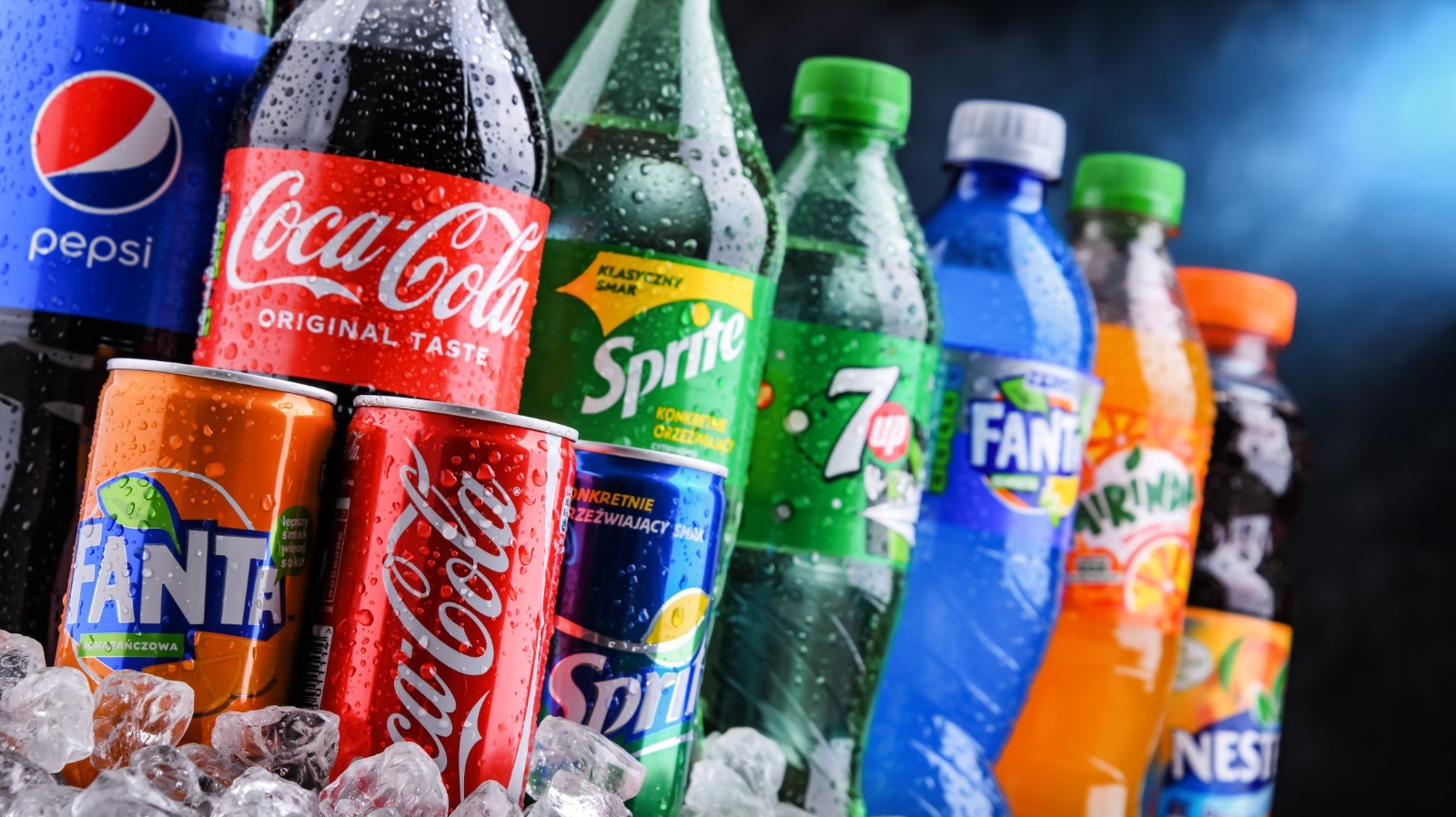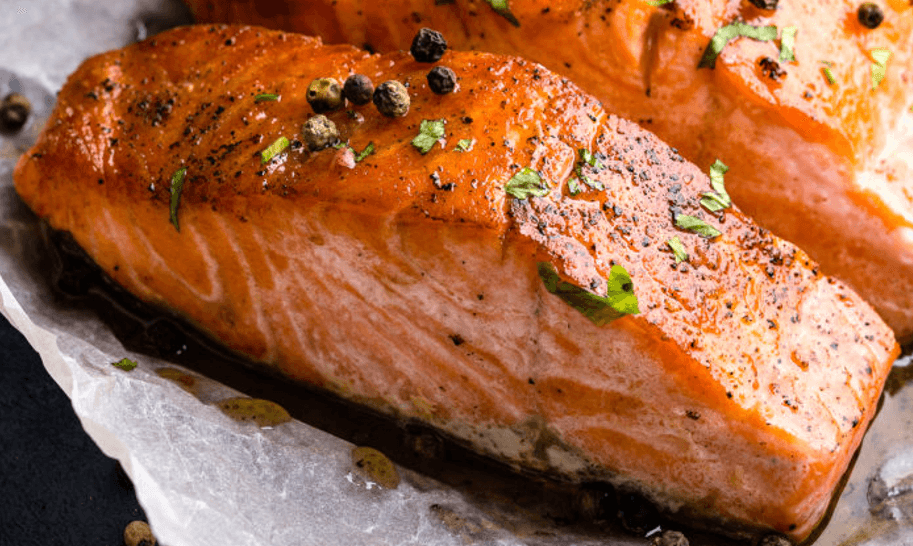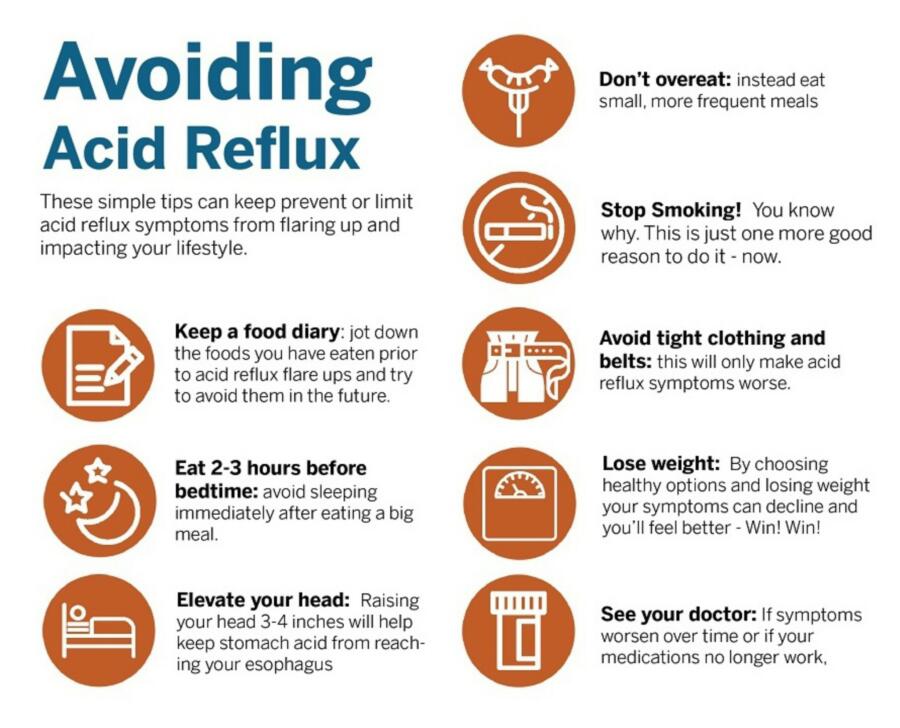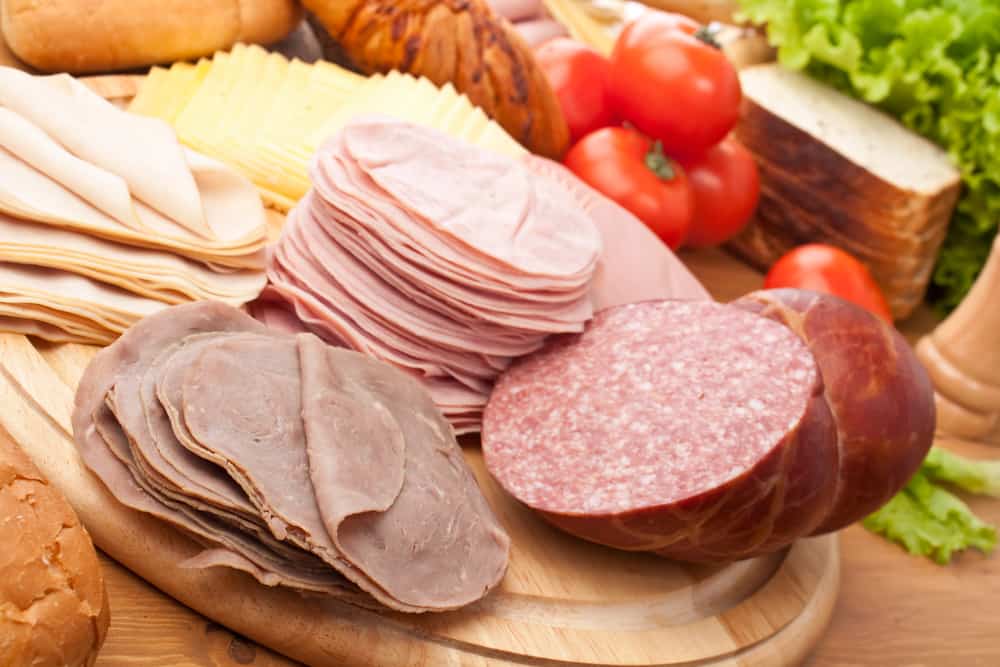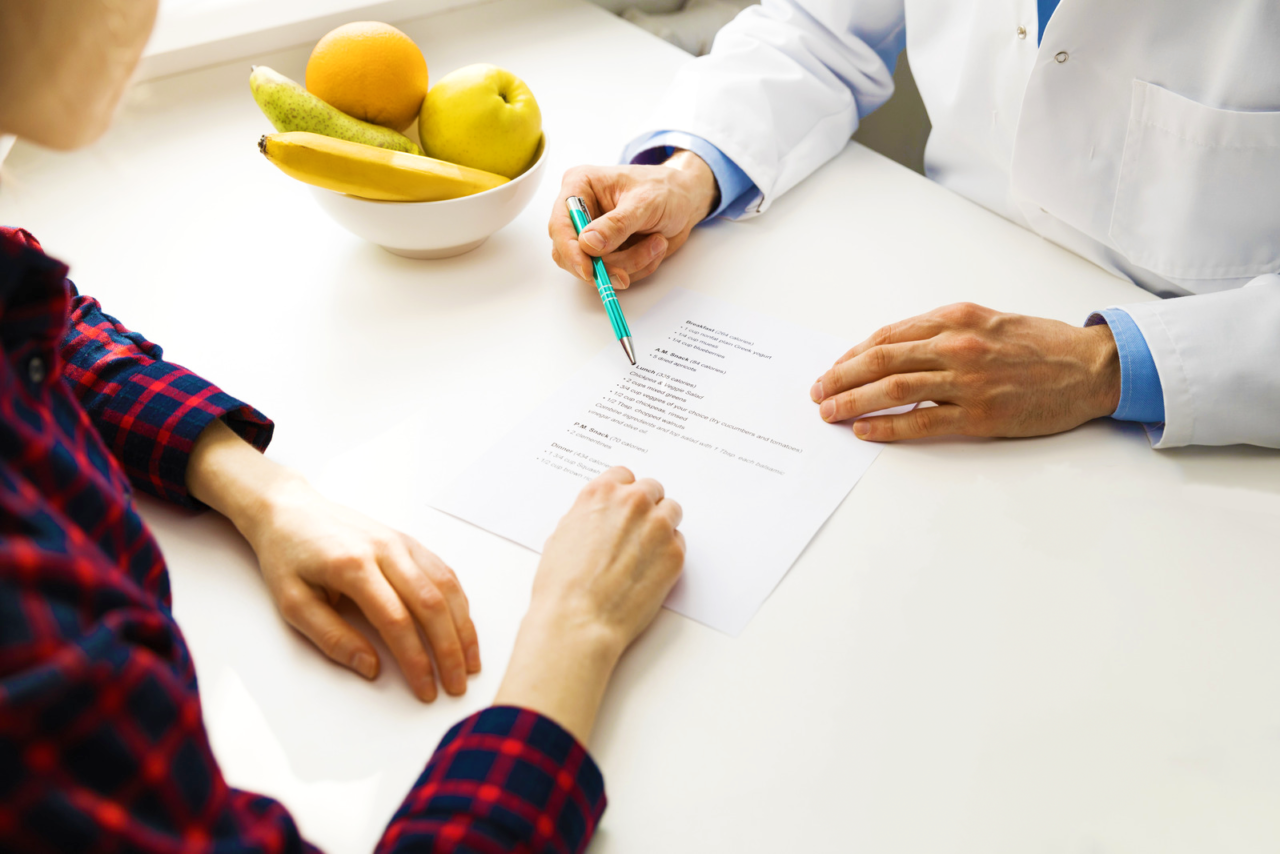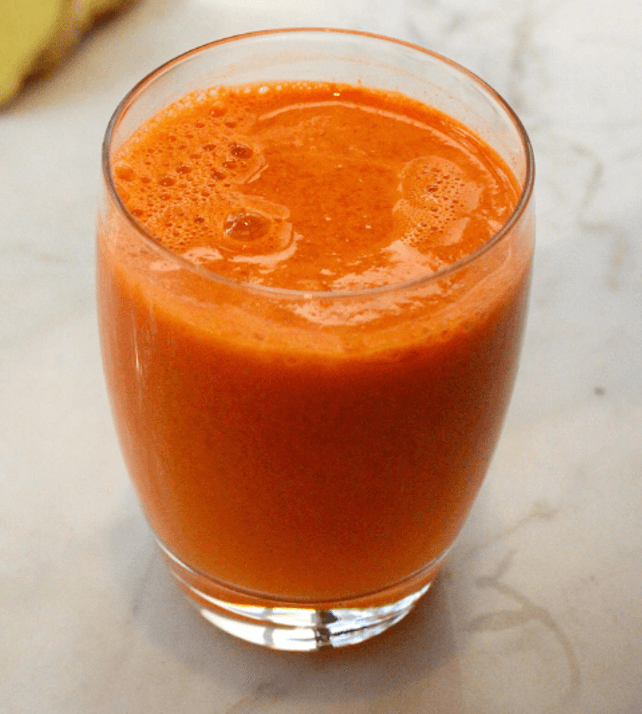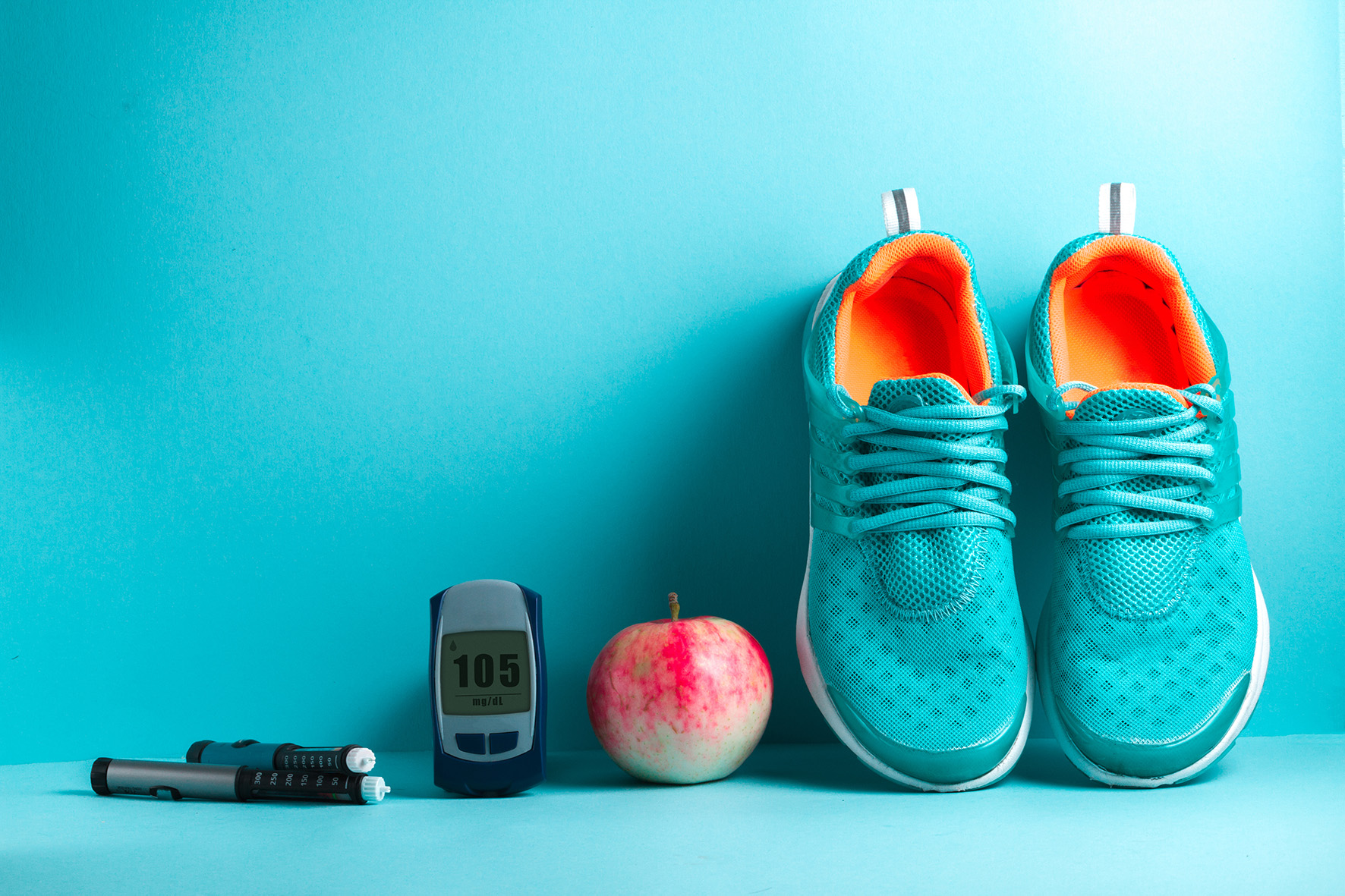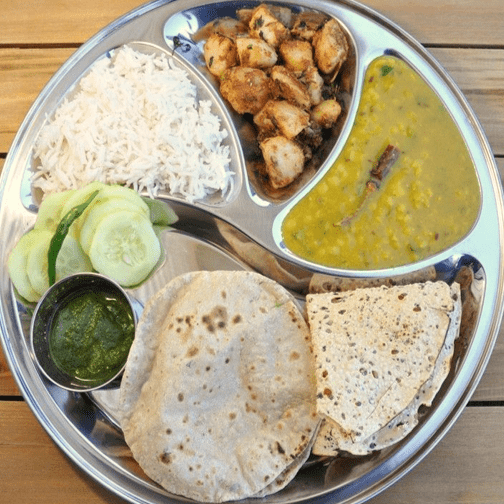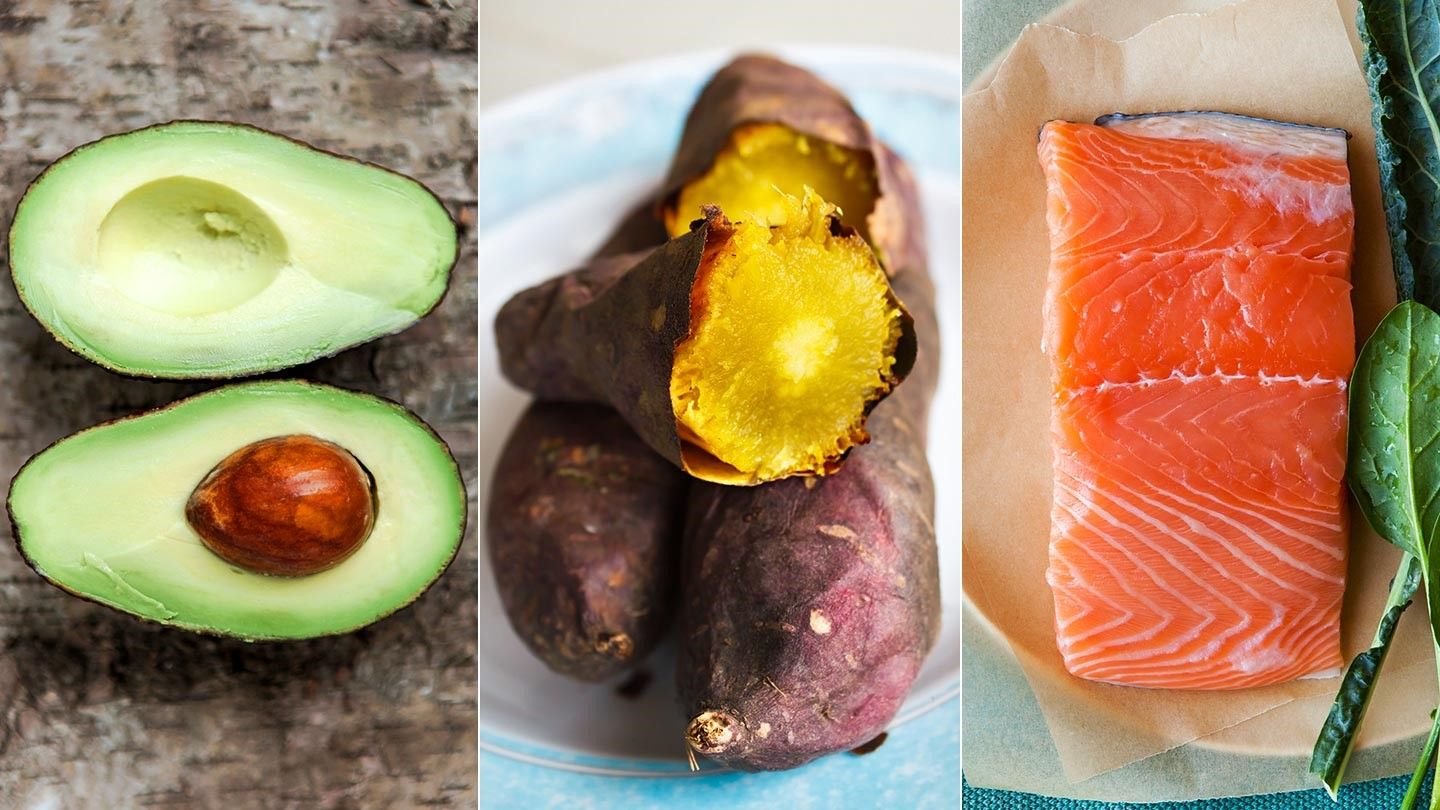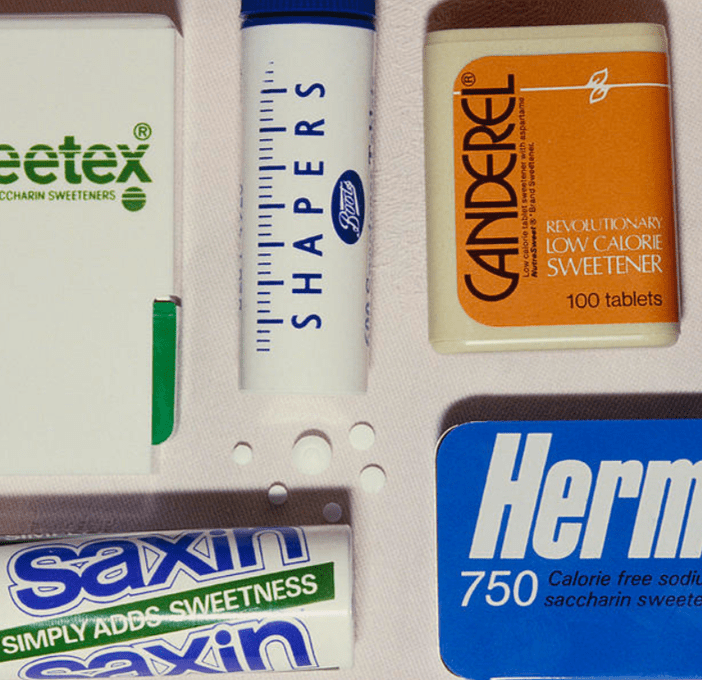
Understanding the multitude of factors that are triggers for blood sugar levels is paramount for individuals managing diabetes. Initially, rigorous blood sugar testing aids in comprehending the impacts of dietary choices, physical activity, stressors, and illness on glucose regulation. Over time, individuals often develop a nuanced understanding of these dynamics. However, unexpected spikes and drops in blood sugar levels can still occur, presenting challenges that require proactive management strategies. See why blood sugar levels vary here.
Individuals should be vigilant for factors that can precipitate low blood sugar levels. For instance, extreme heat can cause blood vessels to dilate, accelerating insulin absorption and potentially causing hypoglycemia. It’s essential to monitor blood sugar before and after new activities or dietary changes to gauge their impact accurately. This proactive approach empowers individuals to maintain optimal blood sugar control and minimize the risk of fluctuating glucose levels.
Identifying potential blood sugar triggers empowers individuals to make informed decisions regarding their diabetes management. Several surprising factors can act as significant triggers for blood sugar levels, including:
- Caffeine: Consumption of beverages containing caffeine, such as coffee, black tea, green tea, and energy drinks, can lead to an increase in blood sugar levels, even when consumed without added sweeteners. This effect is particularly notable in individuals with heightened sensitivity to caffeine due to varying physiological responses. Interestingly, certain compounds present in coffee may exhibit preventive properties against type 2 diabetes in non-diabetic individuals.
- Artificial Sweeteners and Sugar-Free Foods: Studies suggest that specific artificial sweeteners might elevate blood sugar levels. Despite being labeled as sugar-free, many of these products still contain significant carbohydrate content primarily derived from starches. It is advisable to carefully examine the total carbohydrates indicated on the Nutrition Facts label before consumption. Additionally, attention should be paid to sugar alcohols such as sorbitol and xylitol, which although impart sweetness with reduced carbohydrate content compared to sucrose, may still contribute to glycemic elevation.
- Chinese Food: Ingestion of traditional Chinese cuisine, characterized by dishes such as sesame beef or sweet and sour chicken alongside staple components like white rice, can have prolonged effects on blood sugar due to the high-fat content present. Similar outcomes are observed with other high-carbohydrate and high-fat foods such as pizza and french fries. Monitoring postprandial blood glucose levels approximately 2 hours after consumption provides valuable insights into individual glycemic responses.
- Bagels: Bagels, renowned for their dense carbohydrate composition exceeding that of regular bread slices, represent a notable source of calories. Opting for smaller-sized bagels can mitigate the caloric and carbohydrate load while addressing cravings.
- Sports Drinks: Designed for rapid fluid replenishment, sports drinks can harbor substantial sugar content comparable to carbonated sodas. For moderate exercise sessions lasting less than an hour, consumption of plain water suffices. However, extended or intensive physical activities may warrant the use of sports drinks, pending approval from a healthcare provider after assessing their calorie, carbohydrate, and mineral content.
- Dried Fruits: Although dried fruits are recognized for their nutritional value, their condensed nature results in a higher carbohydrate concentration per serving. For instance, a mere 2 tablespoons of raisins or dried cranberries can equate to the carbohydrate content of a small piece of fresh fruit. Similar caution applies to dried cherries and dates, emphasizing the importance of portion control for individuals managing blood sugar levels.
- Steroids, Water Pills, and Antidepressants: The administration of corticosteroids like prednisone for various medical conditions can induce hyperglycemia and potentially trigger diabetes onset. Diuretics, commonly prescribed for hypertension management, exhibit similar blood sugar-elevating effects. Certain antidepressants also influence blood glucose levels, necessitating careful monitoring and medical guidance during their use.
- Cold Medicines and Nasal Sprays: Decongestants containing pseudoephedrine or phenylephrine are associated with blood sugar elevation. Some cold medications may additionally contain sugars or alcohol, prompting individuals with diabetes to opt for formulations devoid of these components. Furthermore, select nasal sprays incorporate compounds stimulating hepatic glucose production, warranting awareness among users.
- Birth Control Pills and Hormonal Changes: Contraceptives containing estrogen can impact insulin handling within the body. While generally safe for diabetic women, specific formulations like those with norgestimate and synthetic estrogen are recommended by the American Diabetes Association. Fluctuations in female hormones during menstrual cycles and menopause can also influence blood sugar regulation, necessitating consistent monitoring and potential therapeutic adjustments.
- Environmental Factors: External factors such as heat exposure pose challenges in blood sugar management, necessitating frequent monitoring and adequate hydration to counteract potential dehydration-induced hyperglycemia. Furthermore, solar radiation-induced stress from sunburn may contribute to elevated blood sugar levels, underscoring the multifaceted nature of glycemic control.
- Lifestyle Interventions: Incorporating physical activity into daily routines, such as household chores or structured exercises, offers benefits in blood sugar regulation by promoting insulin sensitivity and glucose utilization. Probiotic-rich foods like certain yogurts exhibit potential in enhancing digestion and glycemic control, especially when consumed without added sugars.
- Dietary Modifications: Transitioning to a vegan or plant-based diet shows promise in improving blood sugar profiles and reducing insulin requirements among individuals with type 2 diabetes. The increased fiber content from whole grains and legumes may contribute to delayed carbohydrate digestion, aiding glycemic stability. However, comprehensive medical consultation is advised before significant dietary alterations.
- Phytochemicals and Supplements: Certain substances like cinnamon demonstrate potential in enhancing insulin sensitivity and lowering blood sugar levels in type 2 diabetes. However, rigorous scientific investigation and professional guidance are imperative before incorporating such supplements, considering potential side effects and individual variations in response.
- Sleep Quality and Stress Management: Adequate sleep duration and quality are crucial for maintaining optimal blood sugar levels, as sleep deprivation can disrupt insulin sensitivity. Stress management strategies, including relaxation techniques and addressing stressors, play a pivotal role in minimizing stress-induced glycemic fluctuations, particularly in individuals with type 2 diabetes.
- Meal Timing and Hydration: Skipping breakfast can lead to postprandial blood sugar spikes later in the day, emphasizing the significance of consistent meal timing. Hydration status also influences blood sugar concentration, with inadequate water intake potentially contributing to elevated glucose levels.
- Dental Health: Gum disease, prevalent among individuals with diabetes, represents a potential contributor to blood sugar elevation. Maintaining optimal oral hygiene and seeking regular dental care are essential components of holistic diabetes management.
Following a scientifically informed approach to diabetes management includes adhering to a nutritious diet rich in fruits and vegetables, maintaining an optimal body weight, and engaging in regular physical exercise. Additional recommendations encompass:
- Monitor blood glucose levels systematically to discern patterns of elevation or decline.
- Adhere to a consistent meal schedule without skipping meals.
- Opt for foods that are lower in calories, saturated and trans fats, sugar, and sodium.
- Maintain a detailed record of dietary intake, hydration, and physical activity.
- Prioritize water consumption over sugary beverages like juice or soda.
- Exercise moderation when consuming alcoholic beverages.
- Substitute sugary indulgences with natural sources of sweetness such as fruits.
- Manage portion sizes effectively, employing strategies like the plate method (allocating half of the plate to non-starchy vegetables, a quarter to lean protein, and a quarter to grains or starchy foods).
References:
- Chehregosha H, et al. (2019). “A View Beyond HbA1c: Role of Continuous Glucose Monitoring.” Journal of Diabetes & Metabolic Disorders.
- Diabetes tests. (2021). Centers for Disease Control and Prevention.
- Glycemic targets: Standards of medical care in diabetes 2022. (2022). Diabetes Care.
- Mean fasting blood glucose. World Health Organization.
- Welsh J, et al. (2018). “Accuracy, utilization, and effectiveness comparisons of different continuous glucose monitoring systems.” Diabetes Technology & Therapeutics.
- Blood sugar level ranges. (2019). Diabetes.co.uk.
- Low blood glucose (hypoglycemia). (2021). National Institute of Diabetes and Digestive and Kidney Diseases (NIDDK).
- The A1C test & diabetes. (2018). National Institute of Diabetes and Digestive and Kidney Diseases (NIDDK).

